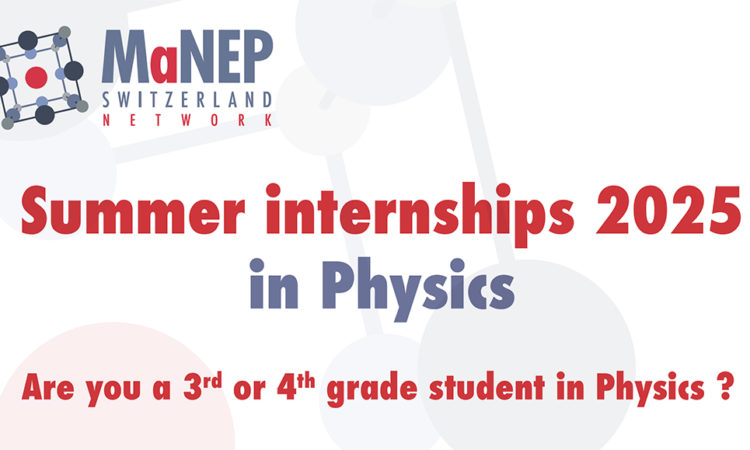Connecting oxide electronics and long-wavelength nanophotonics
It is known since 2004 that a boundary (interface) between LaAlO3 and SrTiO3, which are both insulating oxide materials, hosts an electrically conducting two-dimensional electron system (2DES). It is also known that two-dimensional electron systems support plasmon-polaritons, which are peculiar hybrid waves involving both light and oscillating electronic polarization. These waves were extensively studied in bare graphene and in heterostructures consisting of graphene and hexagonal boron-nitride (hBN). An interesting property of graphene plasmon polaritons is to electromagnetically couple to optical phonon-polaritons in hBN (hybrids of light and waves of ionic polarizations), forming plasmon-phonon polaritons. This complicated and interesting electron-ion-photon interaction, which allows controlling propagation of polaritons, has never been studied in the LaAlO3/SrTiO3 heterostructures.

A team of researchers from the Nano-optics Group led by Dr. Alexey Kuzmenko and Oxide Interface Physics Group headed by Prof. Jean-Marc Triscone at the Department of Quantum Matter Physics (DQMP) of the University of Geneva studied polaritonic properties of the LaAlO3/2DES/SrTiO3 system, using cryogenic infrared near-field microscopy and spectroscopy, combined with electrical resistivity measurements. Similar to the case of graphene and hBN, they observed a coupling between plasmon-polaritons in the 2DES with the phonon polaritons in SrTiO3. As a result, they were able to control the spectral properties of phonon-polaritons via thermal and electrostatic tuning of the two-dimensional gas. These results suggest that functional oxide interfaces are a new platform bridging unconventional electronics and long-wavelength nanophotonics.
Read the article in Nature Communications



